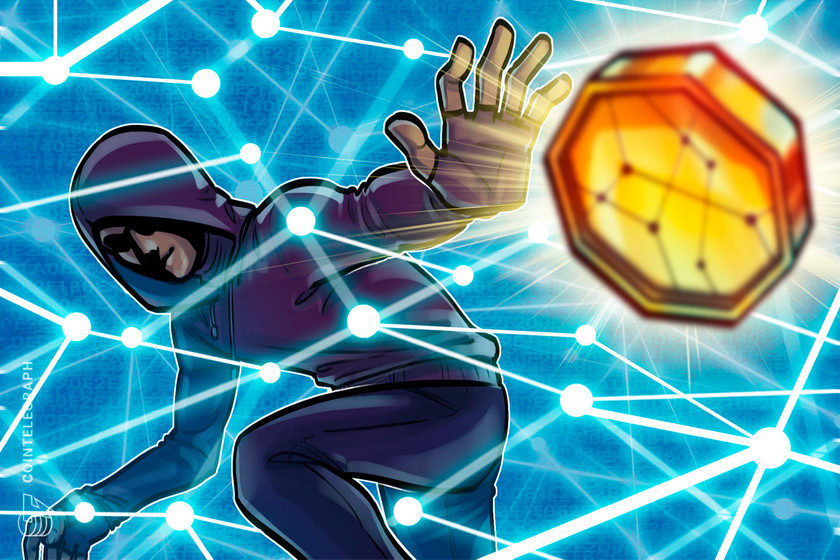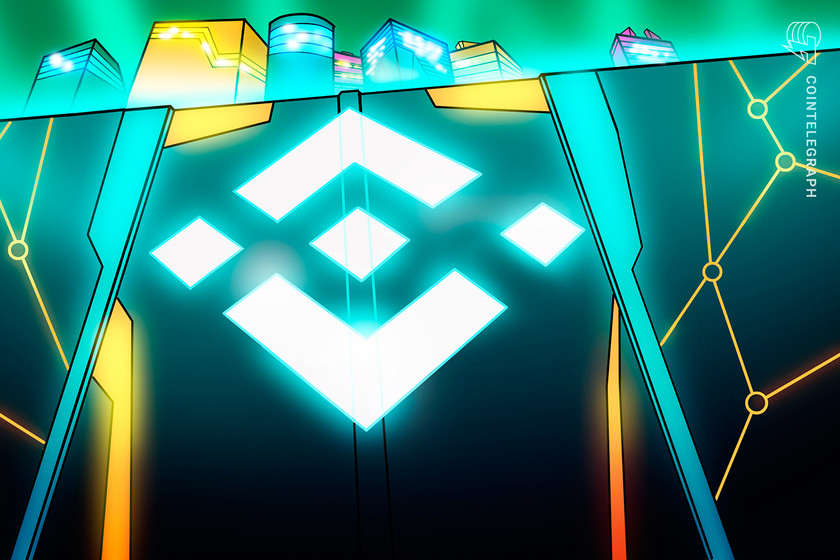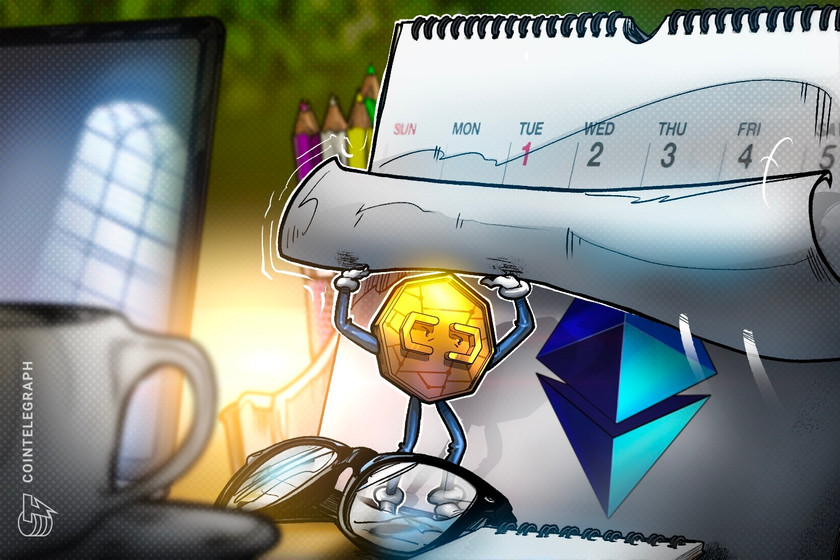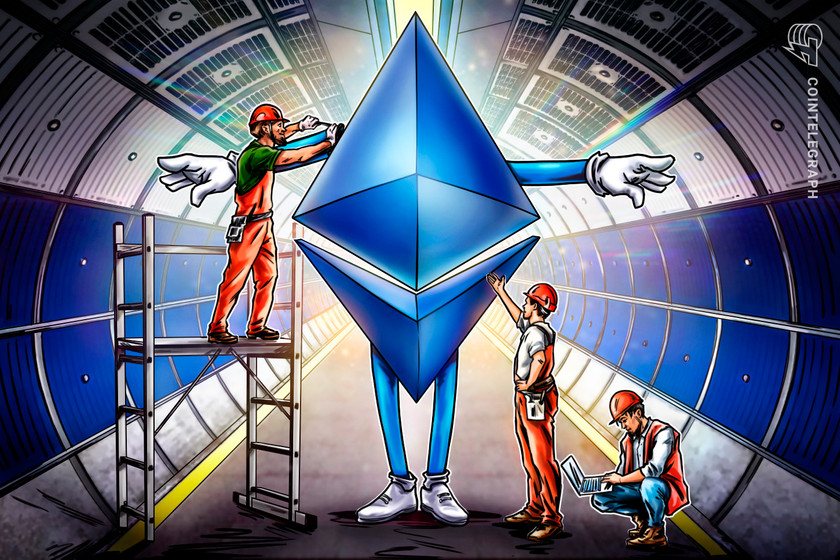SafeMoon hacker agrees to return 80% of stolen funds: Finance Redefined


The SafeMoon hacker said the exploit wasn’t intentional and that they plan to return majority of the funds.
Welcome to Finance Redefined, your weekly dose of essential decentralized finance (DeFi) insights — a newsletter crafted to bring you the most significant developments from the past week.
This week in DeFi saw the hacker behind the $8.9 million SafeMoon exploit agree to return the majority of the stolen funds. According to the project’s developers, the hacker will return 80% while keeping the remaining 20%.
United States crypto lender BlockFi was granted an additional 48-day extension to submit its exit plan by a New Jersey bankruptcy judge, exploring the potential sale of company assets and restructuring.
Ether (ETH) price hit a new 11-month high even as post-Shapella withdrawals peaked at over 1 million ETH. Meanwhile, Ethereum gas fees touched new multimonth highs owing to a fresh memecoin frenzy. The heavy traffic on the network allowed a maximal extractable value (MEV) bot to make millions in sandwich exploits.
The top 100 DeFi tokens broke out of a two-week bullish streak that began in anticipation of Ethereum’s Shapella upgrade, with most of said tokens trading in the red on the weekly charts.
SafeMoon hacker agrees to return 80% of stolen funds, says the development team
The attacker who drained $8.9 million worth of BNB (BNB) from SafeMoon has agreed to return 80% of the funds, according to an April 18 blockchain message from the SafeMoon team.
The encoded message was the latest in a series of communications between the SafeMoon team and the attacker as the parties attempted to settle.
Crypto lender BlockFi is granted extra time to file Chapter 11 exit plan
BlockFi, a lender of digital assets, was given additional time to submit a bankruptcy exit plan by a New Jersey bankruptcy judge in the United States on April 19.
The cryptocurrency lender filed for bankruptcy in November 2022 and has been reportedly granted a 48-day extension until May 15 to file an exit plan. The crypto firm is exploring a potential sale of company assets or the possibility of getting an outside backer to support a restructuring deal, BlockFi lawyer Joshua Sussberg said in a hearing on April 19.
Ether hits 11-month high as post-Shapella withdrawals pass 1 million ETH
Over 1 million ETH, worth $2.1 billion, was withdrawn from Ethereum’s Beacon Chain within the first four days of the Shapella hard fork, with Ether reaching over $2,100 for the first time in 11 months.
The 1.03 million ETH withdrawn came from 473,700 withdrawal requests, with April 15 representing the largest withdrawal day at 392,800 ETH, according to data from the Beacon Chain.
Subway-themed trading bot makes millions using “sandwich” attacks
An anonymous MEV bot operator cashed in well over $1 million this week by executing “sandwich attacks” against buyers and sellers of two new memecoins.
The wallet address, linked to the Ethereum Name Service domain “jaredfromsubway.eth,” made $950,000 from the sandwich attacks on April 18 and profited about $300,000 and $400,000 on April 17 and 19, respectively, according to an April 19 tweet from nonfungible token data platform Sealaunch.
DeFi market overview
DeFi’s total market value plunged by $4 billion this past week. Data from Cointelegraph Markets Pro and TradingView shows that DeFi’s top 100 tokens by market capitalization had a bearish week, with most trading in the red. The total value locked in DeFi protocols fell below $50 billion.


Thanks for reading our summary of this week’s most impactful DeFi developments. Join us next Friday for more stories, insights and education regarding this dynamically advancing space.
























